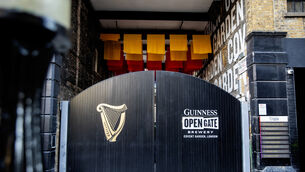Penguin sparked paperback shake-up
The idea came to Lane during a visit to celebrated crime novelist Agatha Christie, when he had become frustrated on a train platform after failing to find a decent read.
In the early 20th century, contemporary fiction was not only hard to find, but often expensive. Lane envisioned a company that could not only bring down book prices, but distribute them more widely.
















